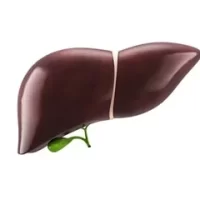A macroalgae commonly found in the water that is abundant in nutrients and bioactive substances is green seaweed. Moreover, green seaweed has a wide range of crucial biological traits like immunoregulation, antioxidant activity, and an anti-inflammatory response.
The key nutrients and active ingredients connected to various green seaweeds, as well as their biological activities and applications, were highlighted in a recent study on food production, processing, and nutrition.
Based on their primary colour, scientists have so far discovered over 169,000 different species of seaweed and divided them into three groups. They include green seaweed, red seaweed, and brown seaweed (Phaeophyta) (Chlorophyta). The current article concentrates on green seaweed, which has significant bioactive components and a high nutritional value.
Species variety, season, climate, and other factors affect the composition of green seaweeds, and growth stage. Some common genera of green seaweed species are Ulva, Codium, Caulerpa, Enteromorpha, and Chaetomorpha.
The essential amino acids, many proteins, functional peptides, and lipids found in green seaweed are abundant. Interestingly, up to 44% of proteins may be found in the Ulva genus.
The summertime edible U. intestinalis has a protein content of about 19%. Lectins and Kahalalide F are two important peptides derived from green seaweed.
By serving as the building blocks for a number of signaling molecules that control different cellular processes, lipids serve a critical role in preserving human health. Generally, seaweeds have a lower lipid content than they do in proteins and carbs. Yet, seaweeds are abundant in polyunsaturated fatty acids like omega-3 and omega-6 (PUFAs). Moreover, dietary fibers from seaweed (DFs) have anti-inflammatory, antiviral, and antioxidant properties in addition to being resistant to digestion enzymes.
A rich supply of water is green seaweed. Green seaweeds are a rich source of water- and fat-soluble vitamins. In addition, these plants contain a high level of important minerals, such as sodium, potassium, and calcium.
Both U. intestinalis and U. pertusa exhibit a promising sodium-to-potassium ratio, improving body fluid balance. Ulva and Enteromorpha contain magnesium, which is essential for catalytic functions. Other important elements, such as manganese, cobalt, iodine, iron, copper, selenium, and zinc, have also been isolated from green seaweeds.












